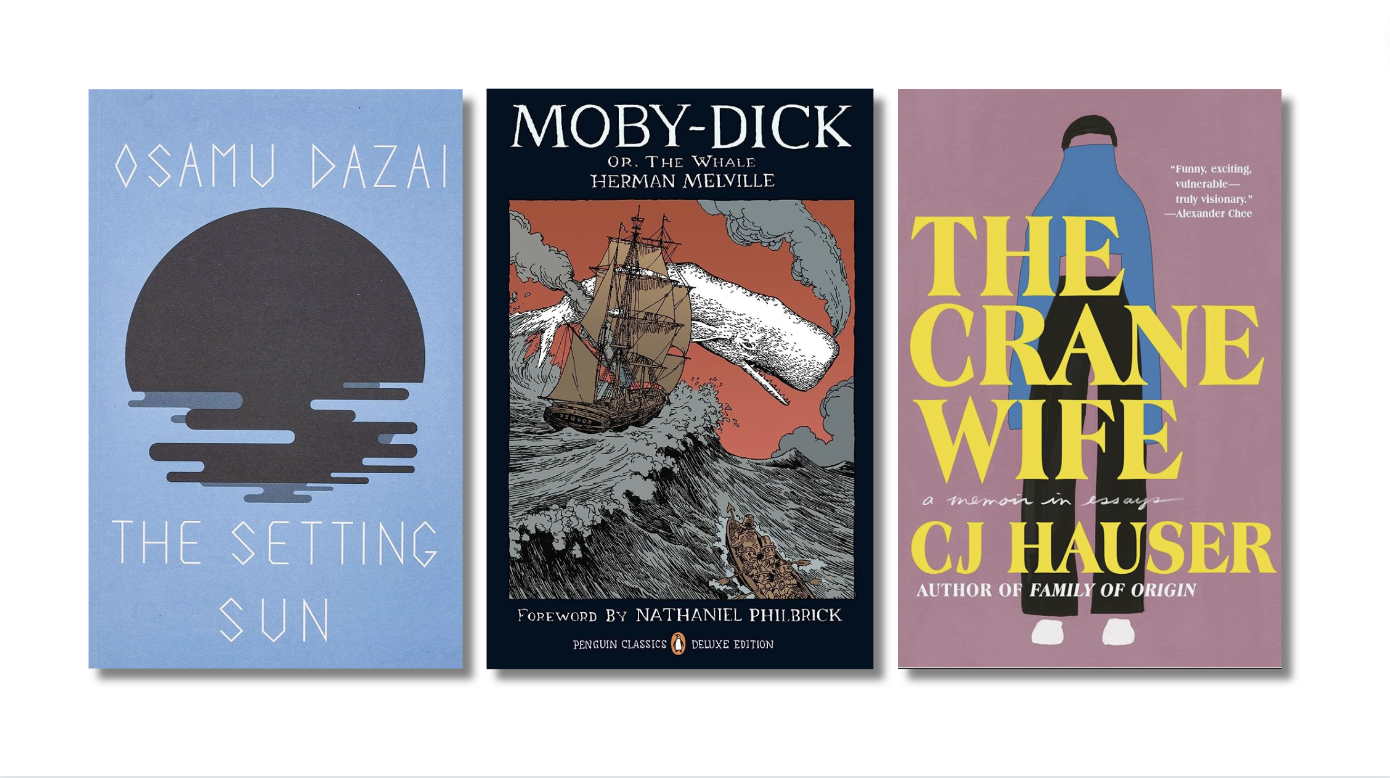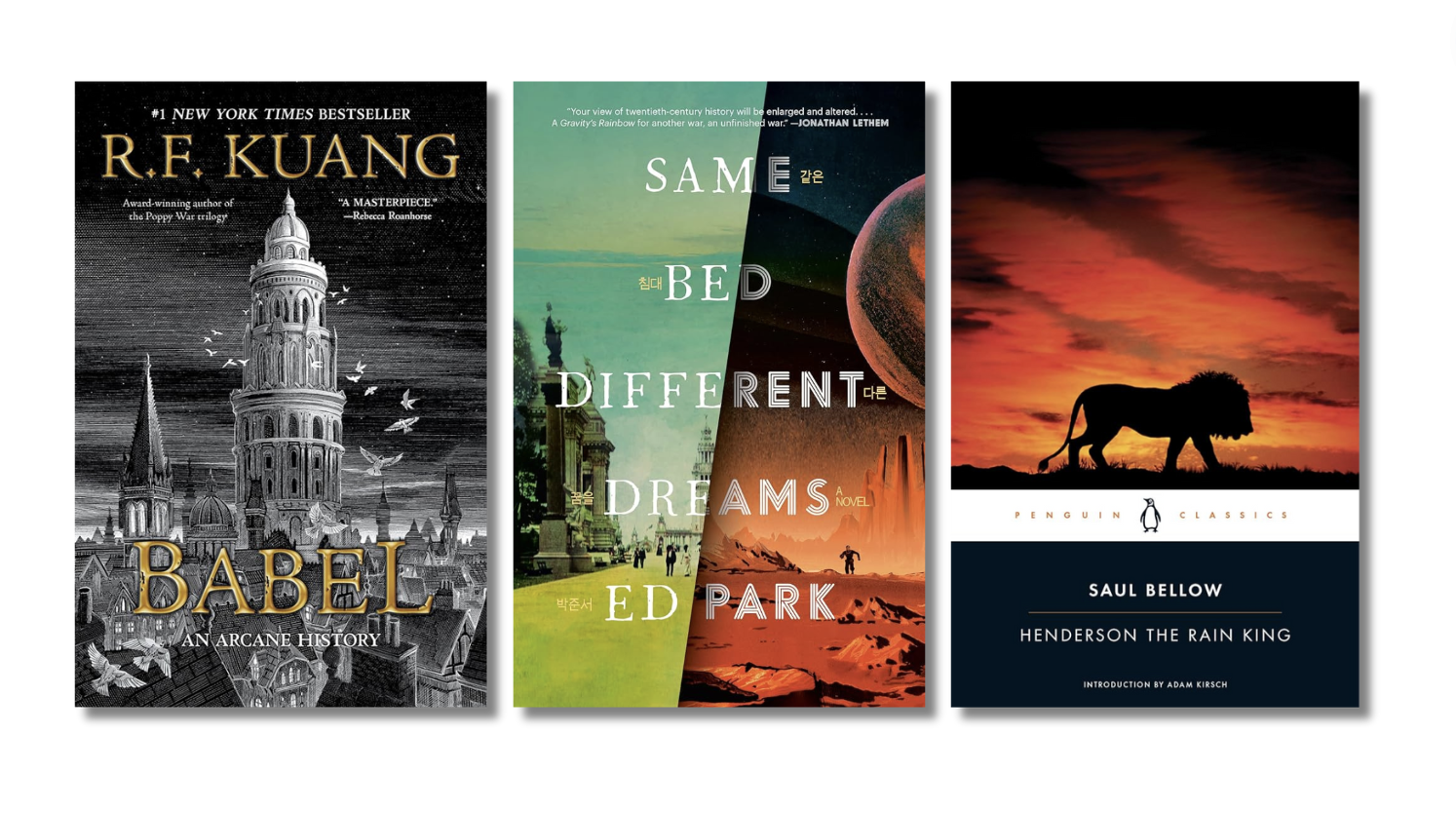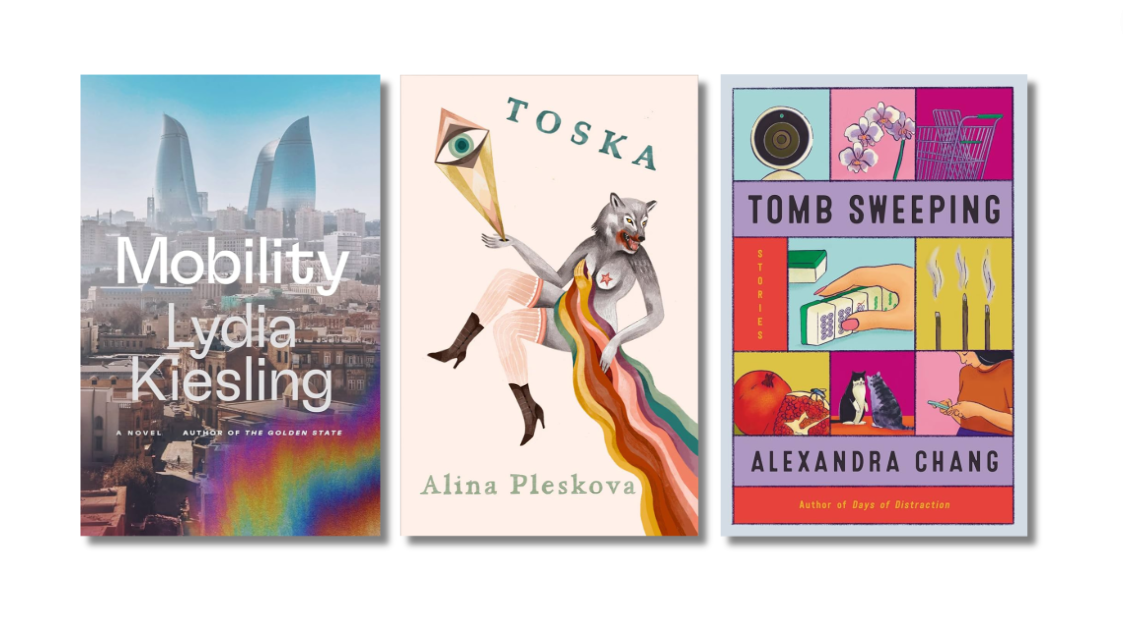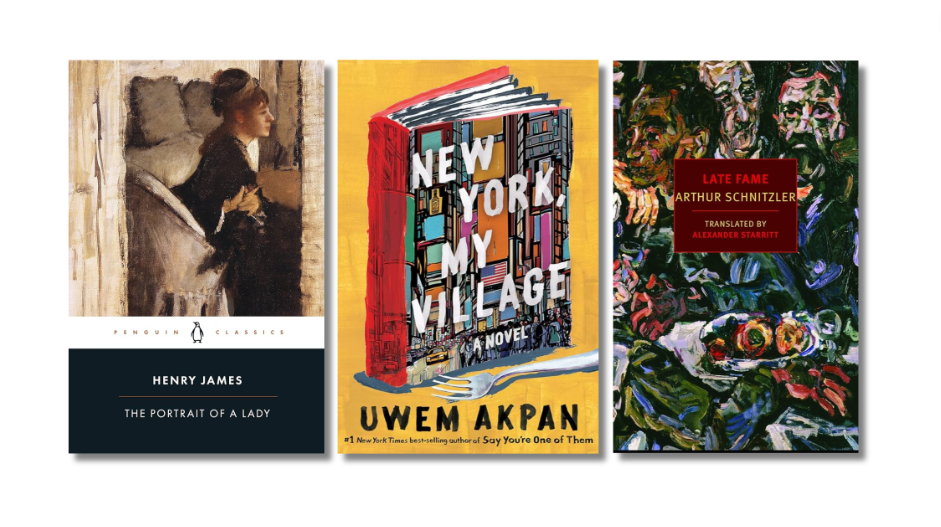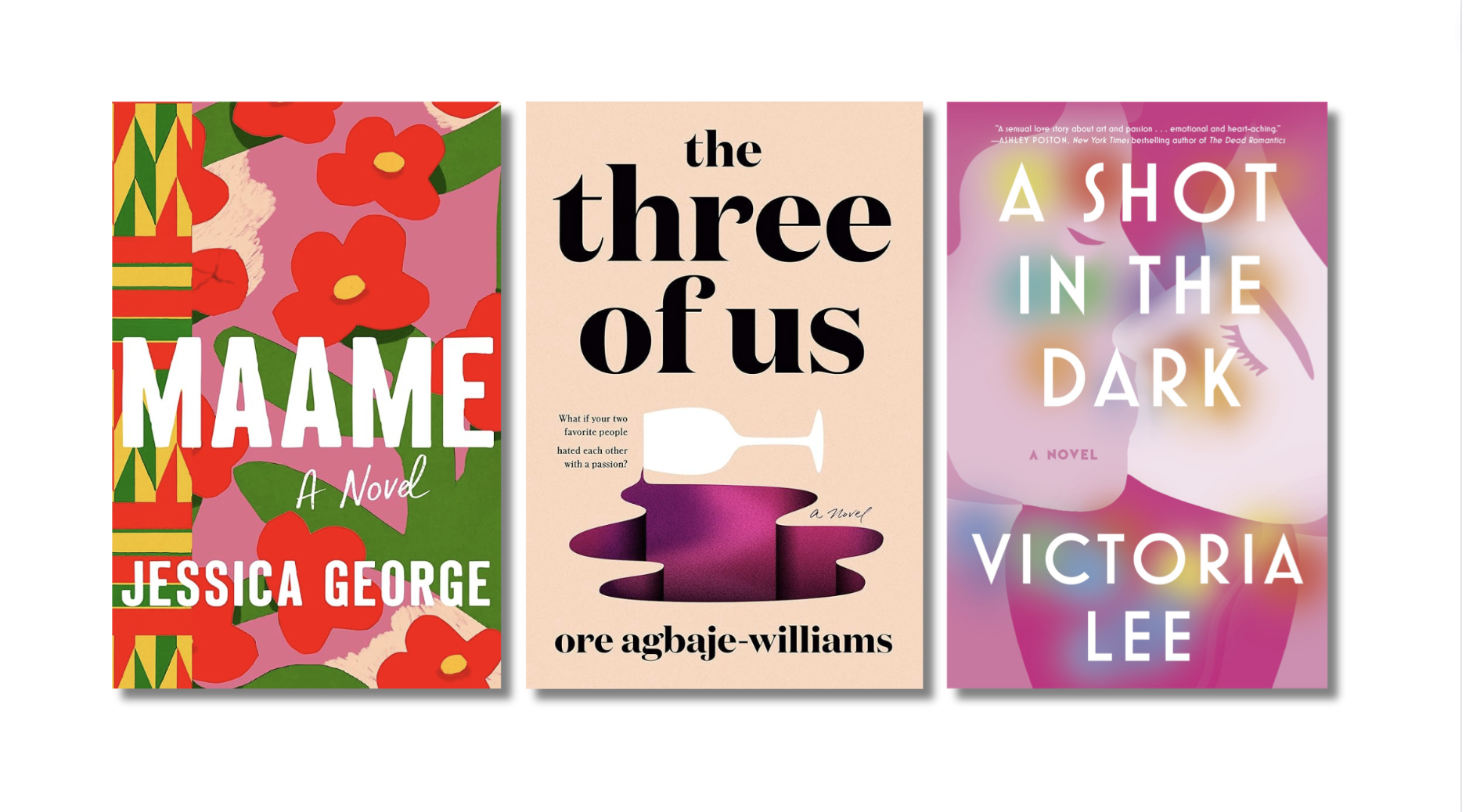Prowling the meanings of a word, prowling the history of a person, no use expecting a flood of light. Human words have no main switch. But all those little kidnaps in the dark. And then the luminous, big, shivering, discandied, unrepentant, barking web of them that hangs in your mind when you turn back to the page you were trying to translate . . .
—Anne Carson, NOX
 The book I read in 2011 that most affected me is one I would have read the year before, but its publishers could not reprint it fast enough — and this is Anne Carson’s NOX.
The book I read in 2011 that most affected me is one I would have read the year before, but its publishers could not reprint it fast enough — and this is Anne Carson’s NOX.
In content an elegy to her dead brother, Carson’s NOX is most strikingly an object: a strip of paper twenty-seven yards long, folded into a hundred accordion pages and neatly packed in a silver-grey box. Upon first unfolding it, you find a smudged reproduction of a poem Catullus wrote to his dead brother, in Latin, two thousand years ago. On the folds thereafter, you watch Carson prowl the meanings of each word of the poem — which works as a table of contents — and through them, she prowls the ghost of her brother, who left traces as fleet as oar-strokes in the sea. This she does with torn and pasted dictionary entries, drawings, photos, transcriptions of dialogue, scraps of poems, letters, stamps…making NOX both an intellectual scrapbook and a visual excursion into the idea of translation itself: the translation of words, and the translation of a living body into death and onward, into art.
NOX’s intelligence, sadness, and wry humor alone might be enough, but its form takes me even more. To read NOX is sensual. You handle the folds, opening one winged pair at a time or in quick, Slinky unfurlings. And this read is not linear, with pages dissolving behind you as you turn, but spatial, more like letting your eyes wander a room. With the whole book unfurled you see it entire and make links among images, like a staircase or an egg that reappear folds apart, and among words like ash, festive, blush. You prowl the book itself.
But most of all, everything that makes NOX hybrid and modern also makes it ancient, taking us back thousands of years to when “fiction,” “nonfiction,” and “poetry” were not penned in separate rooms, when shades of the same story might equally appear as a red-figure painting on a vase or as a voice singing in darkness. To read NOX is like unwinding an ancient scroll, or following a frieze around the porch of a temple, or tracing a history twisting down a column, or walking through a house in Pompeii, with story in tiny bright fragments underfoot, painted in walls, and carved into the wood of couches . . .
Because it is both so modern and ancient, because it looks back thousands of years and finds blood still quick in the oldest flesh of narrative, NOX has made me renew my vows to this nervy act of reading and writing: the barking web of image and word.
More from A Year in Reading 2011
Don’t miss: A Year in Reading 2010, 2009, 2008, 2007, 2006, 2005
The good stuff: The Millions’ Notable articles
The motherlode: The Millions’ Books and Reviews
Like what you see? Learn about 5 insanely easy ways to Support The Millions, The Millions on Twitter, Facebook, Tumblr.



